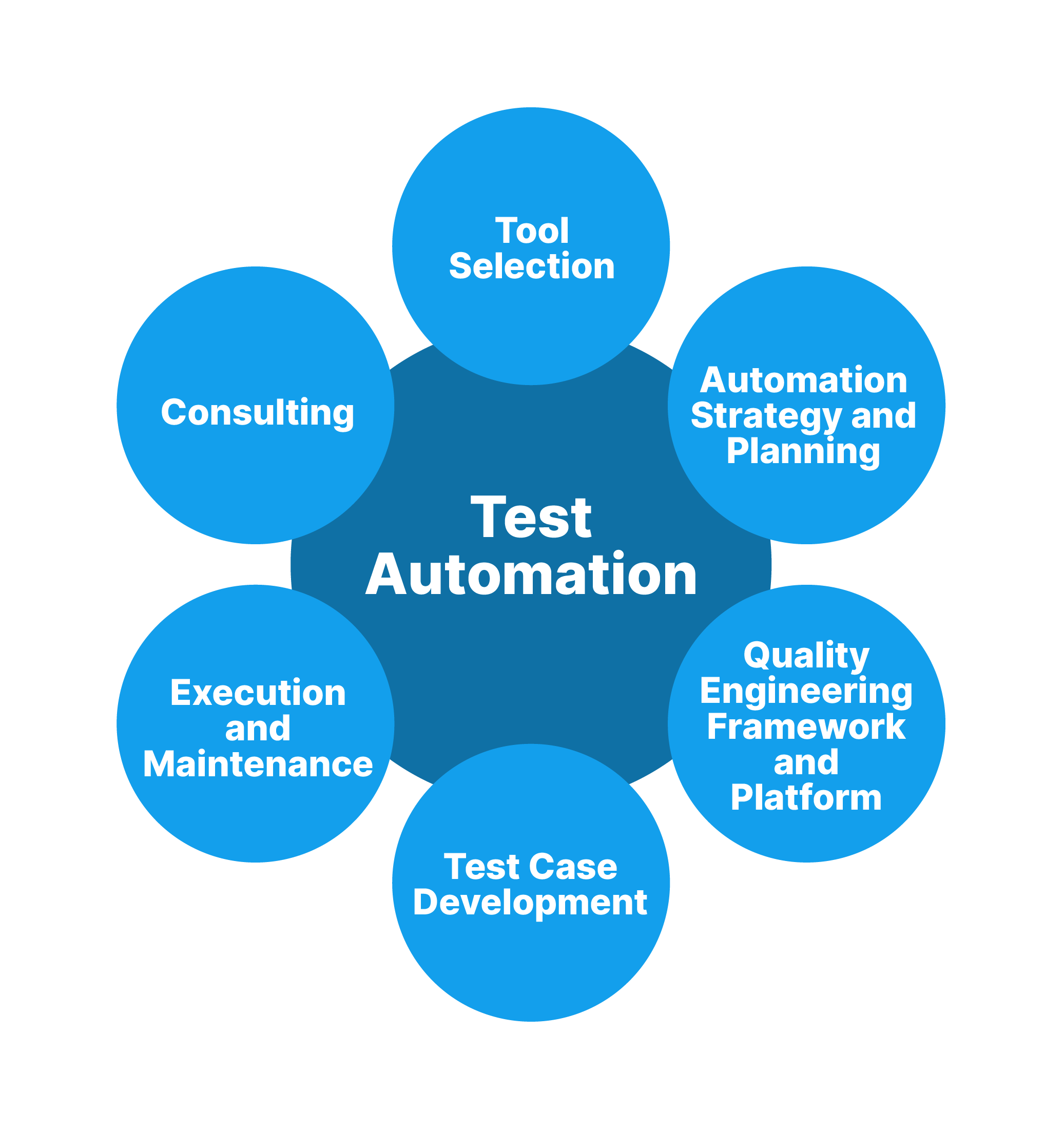Automation Testing Techniques: Best Practices for Seamless Assimilation
From Manual to Automated Screening: A Comprehensive Guide to Transitioning Efficiently and Successfully
In the realm of software testing, the shift from handbook to automated processes has actually come to be a significantly essential transition for organizations seeking to boost performance and precision in their screening techniques. The journey from guidebook to automated screening is not without its challenges, yet when come close to strategically and with a clear strategy in mind, the benefits can be considerable.
Benefits of Automated Evaluating
Automated screening supplies various benefits, improving efficiency and precision in software application advancement processes. Automated tests can be run concurrently on numerous gadgets and running systems, significantly speeding up the screening stage contrasted to hand-operated screening.
In addition, automated screening makes certain a greater level of precision in identifying defects. Because automated tests follow predefined manuscripts, human mistake is minimized, bring about more trustworthy test outcomes. Consistency in testing is also enhanced, as automated tests perform the exact same actions exactly each time they are run. This consistency is critical in ensuring that all capabilities of the software program are completely checked, minimizing the likelihood of undetected pests sliding with to production.
Choosing the Right Tools

First of all, assess your goals and demands. Recognize the range of your task, the modern technologies included, and the ability of your team. This analysis will help you determine the abilities and attributes you need in your screening devices.
Second of all, think about the compatibility of the tools with your existing processes and systems. Smooth combination with your existing software program growth lifecycle is important to ensure a smooth change to automation.
In addition, review the scalability and adaptability of the tools. As your screening needs develop, the devices should be able to adjust and accommodate adjustments properly.
Finally, consider the support and community around the tools. When executing automated testing, durable support and an energetic individual area can provide valuable sources and aid. By thoroughly thinking about these facets, you can choose the right devices that line up with your demands and set the phase for a successful transition to automated screening.
Creating Reliable Examination Scripts

When crafting test manuscripts, it is necessary to take into consideration the particular needs of the software being examined and guarantee that the manuscripts resolve all essential functionalities. Descriptive and clear calling conventions for test scripts and examination situations can boost readability and maintainability. In addition, integrating error handling mechanisms within the test manuscripts can aid in determining and addressing visit their website problems quickly.
Furthermore, organizing test manuscripts into modular elements can enhance reusability and scalability, minimizing redundancy and enhancing efficiency in test script maintenance. Regular evaluations and updates to evaluate manuscripts are critical to equal evolving software application needs and capabilities. By following these concepts, testers get more can develop robust and efficient test scripts that add dramatically to the success of automated testing processes.
Integrating Automation Into Workflows
By effortlessly incorporating automated testing tools like Selenium or Appium right into the software growth lifecycle, groups can achieve faster feedback on code modifications, leading to quicker bug detection and resolution. This assimilation enables for continuous testing throughout the growth procedure, ensuring that any kind of concerns are identified early on, resulting in higher software top quality. Correct combination of automation tools calls for collaboration between development, testing, and procedures groups to develop a unified operations that maximizes effectiveness and effectiveness in providing high-grade software program products.
Making Certain a Smooth Shift
Efficiently transitioning to automated screening includes careful preparation and mindful execution to maximize and minimize disruptions efficiency in the software program growth process - automation testing. To ensure a smooth transition, it is important to start by carrying out an extensive evaluation of the present testing processes and determining locations where automation can bring one of the most considerable benefits. Engaging with all stakeholders early on while doing so, consisting of developers, testers, and task supervisors, is essential for gathering assistance and buy-in for the automation initiative
Interaction is vital during this change stage. Clear interaction of the objectives, advantages, and expectations of automated screening helps to take care of any resistance or problems that may occur. Additionally, supplying appropriate training and resources for employee to upskill in automation tools and strategies is important for guaranteeing a successful change.

Verdict
To conclude, transitioning from manual to automated testing offers numerous advantages, consisting of boosted performance and reliability. By selecting the ideal devices, writing efficient examination scripts, and incorporating automation flawlessly into operations, organizations can make certain a smooth and successful transition. It is vital to embrace automation as a useful asset in software program testing procedures to boost general top quality and efficiency.
In the world of software application screening, the shift from handbook to automated procedures has actually become a significantly important change for organizations seeking to improve efficiency and precision in their testing practices. Automated examinations can be run simultaneously on multiple tools and operating systems, significantly speeding up the screening phase contrasted to manual testing. Consistency in testing is additionally boosted, as automated tests carry out the same steps exactly each time they are run.To make sure the successful application of selected screening tools, the development of reliable test scripts plays an essential role in verifying the capability and efficiency of automated procedures - automation testing. By adhering to these concepts, testers can develop robust and efficient examination scripts that contribute significantly to the success of automated screening processes